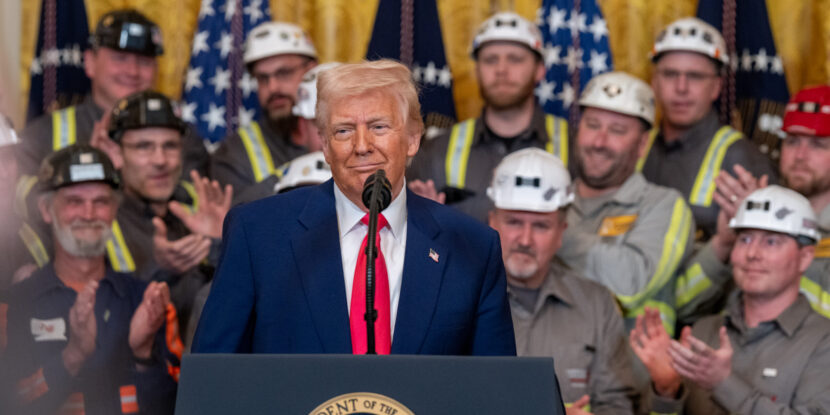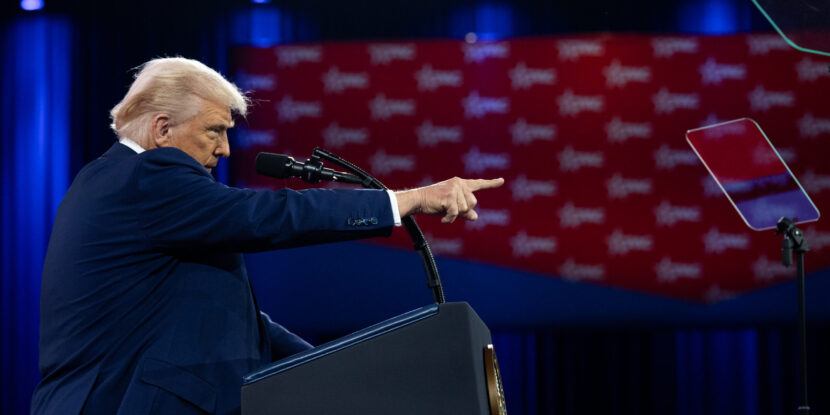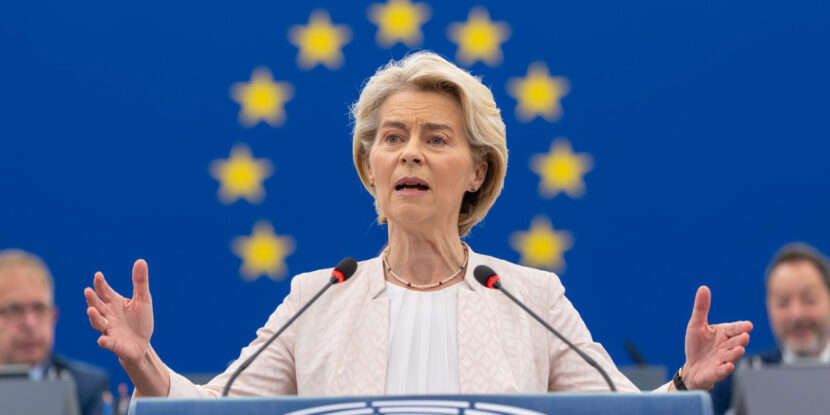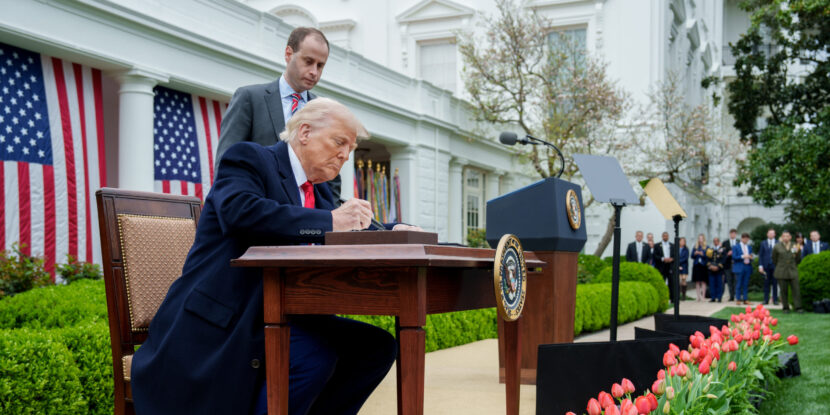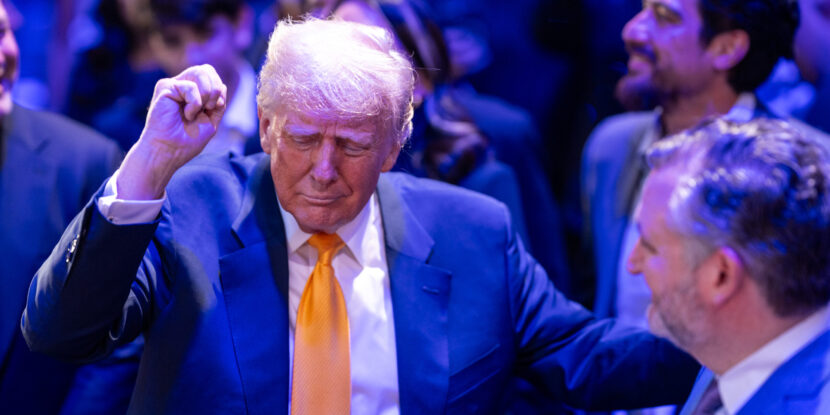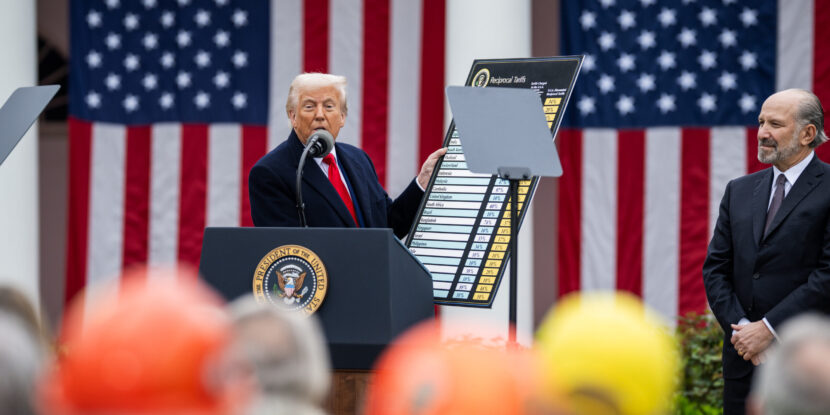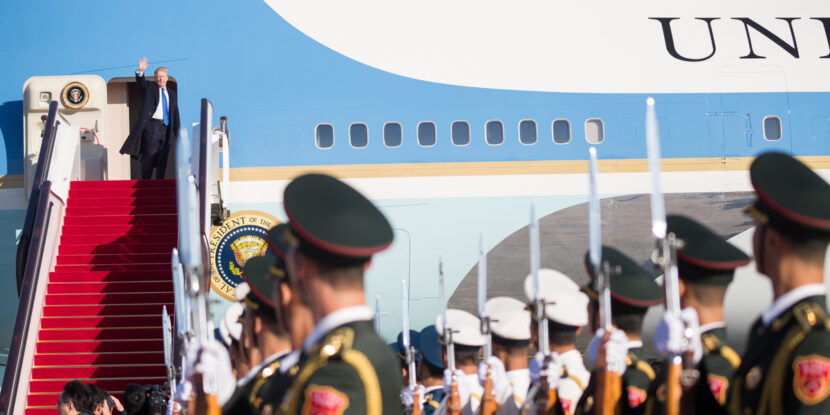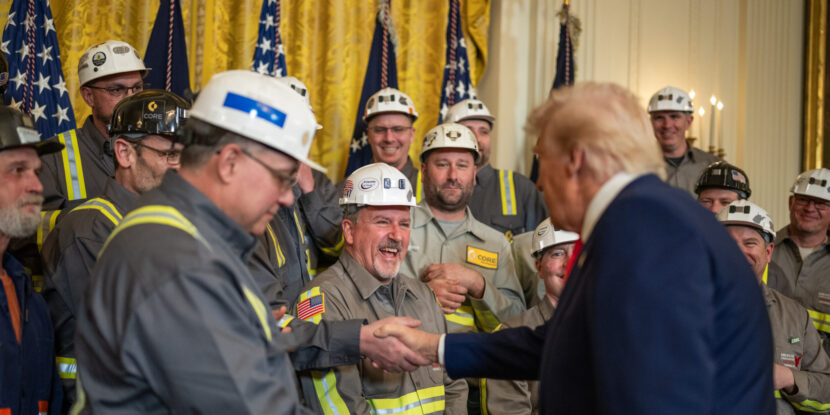PULSE POINTS:
❓What Happened: U.S. jobless claims dropped by 9,000 to 215,000 for the week ending April 12, reflecting a strong labor market as President Donald J. Trump advances his tariff agenda.
👥 Who’s Involved: U.S. Department of Labor, American workers.
📍 Where & When: Reported by the Labor Department in Washington, D.C., on April 17, 2025, for the week ending April 12.
⚠️ Impact: The decline in jobless claims highlights economic stability, reinforcing confidence in Trump’s tariff strategy to boost domestic industry, though rising continuing claims suggest a need to monitor rehiring trends.
IN FULL:
The U.S. labor market showcased its strength as the Department of Labor reported a decline in jobless claims on April 17, 2025. Applications for unemployment benefits fell by 9,000 to 215,000 for the week ending April 12, outperforming analysts’ expectations of 225,000 new claims. This drop underscores a robust labor market that continues to thrive as President Trump implements tariffs to protect and revitalize American industry.
Weekly jobless claims, a key measure of layoffs, have consistently ranged between 200,000 and 250,000 over the past few years, indicating steady employment conditions. The four-week average of claims, which smooths out weekly variations, also decreased by 2,500 to 220,750, further confirming the labor market’s resilience.
President Trump’s tariffs, including a 10 percent reciprocal duty and higher rates on Chinese goods, aim to bolster domestic manufacturing and reduce reliance on foreign imports. The strong labor market data aligns with the administration’s goals, showing that businesses are maintaining hiring levels as these policies take effect. Overall, the economy appears well-positioned to benefit from Trump’s strategy of prioritizing American workers and industries.
show less